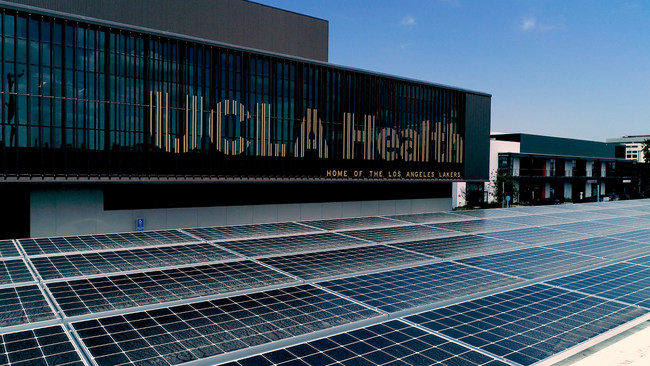
The California Energy Commission has approved rules that would require new buildings, including multi-family housing and commercial structures, to be equipped with solar and battery storage.
Following the introduction of a mandate last year that means virtually all new homes in the state have to incorporate solar, the new rules would apply to newly built apartment complexes, office blocks, schools, restaurants, and retail and medical buildings.
Unlock unlimited access for 12 whole months of distinctive global analysis
Photovoltaics International is now included.
- Regular insight and analysis of the industry’s biggest developments
- In-depth interviews with the industry’s leading figures
- Unlimited digital access to the PV Tech Power journal catalogue
- Unlimited digital access to the Photovoltaics International journal catalogue
- Access to more than 1,000 technical papers
- Discounts on Solar Media’s portfolio of events, in-person and virtual
The latest changes were included in the 2022 California Energy Code, which was adopted by the CEC last week. The 2022 update will be submitted to the California Building Standards Commission (CBSC), which is scheduled to consider it in December. If approved by the CBSC, the new requirements would go into effect from 1 January 2023.
As a result of the CEC vote, virtually all new buildings in California will have solar, and many others could have battery storage, said Evelyn Butler, vice president of technical services at the Solar Energy Industries Association.
“Buildings with solar and storage will provide Californians with cleaner and greener living and working spaces. The rules will significantly contribute to improved grid reliability and local resilience, which is a key part of our clean energy transformation,” she said.
According to the CEC, homes and businesses use nearly 70% of California’s electricity and are responsible for a quarter of the state’s greenhouse gas emissions.
The state’s electricity mix is already more than 60% carbon free, it was revealed in a joint report published earlier this year by the CEC, the California Public Utilities Commission and the California Air Resources Board.
For California to reach its target of having a 100% zero-carbon electricity grid by 2045, the three agencies said the state needs to deploy an additional 70GW of utility-scale solar and 49GW of battery storage.







